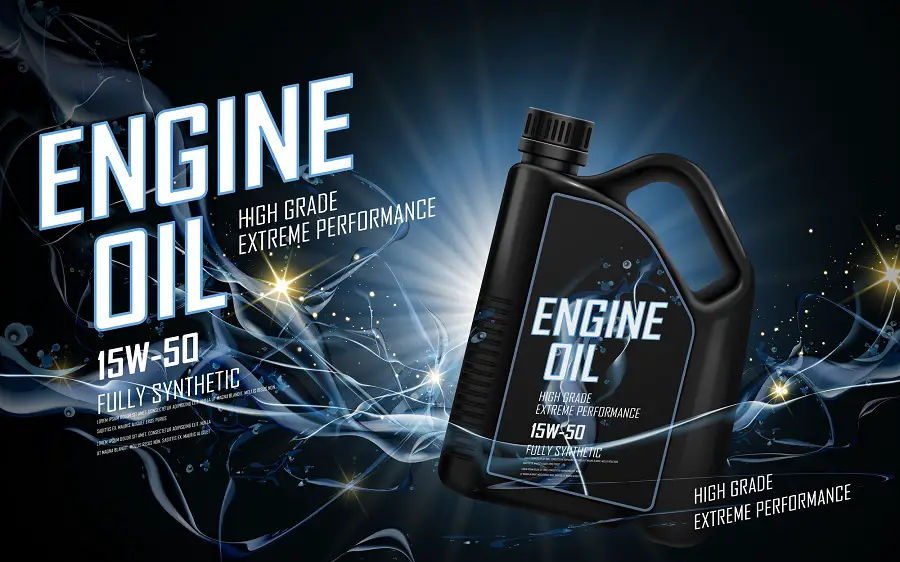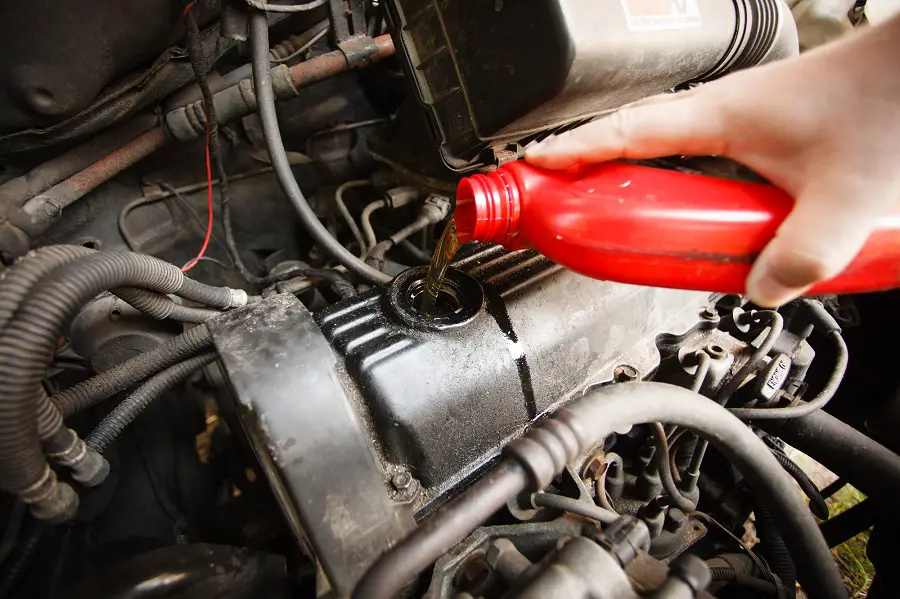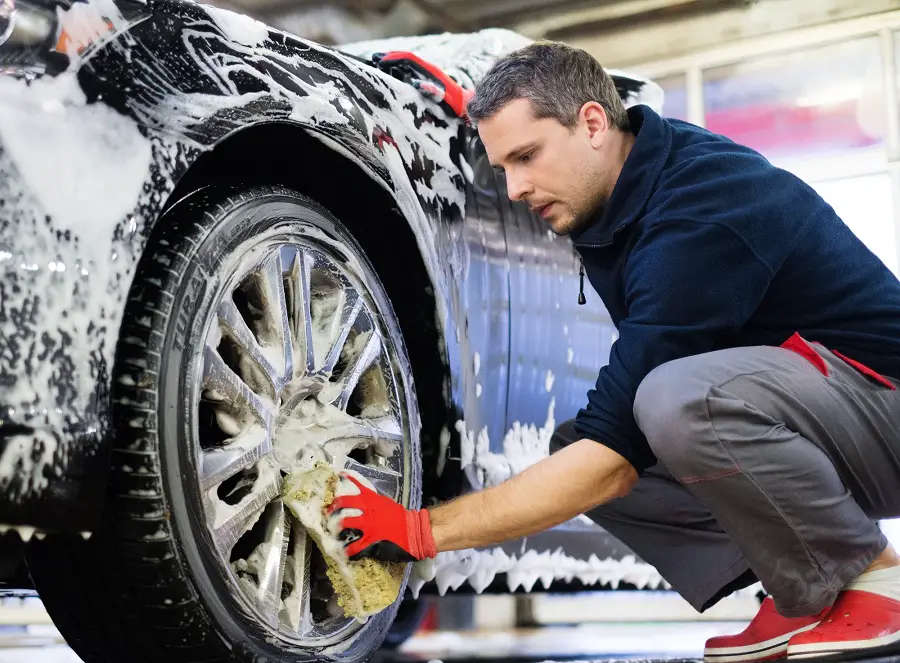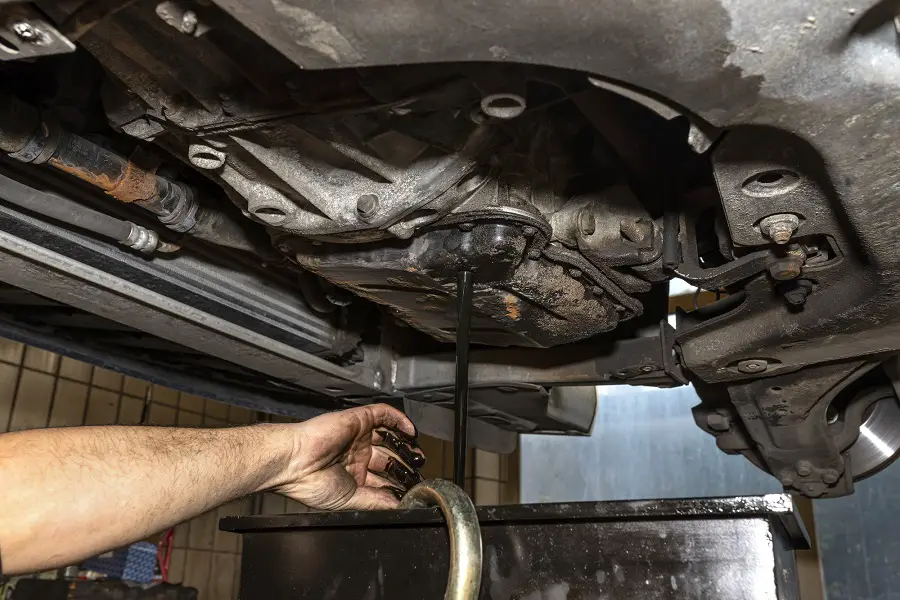WD40 is a versatile product with many popular uses around the shop and house, but have you ever wondered, can you spray WD40 on a car to stop squeaks? No one likes to listen to a squeaky vehicle, especially when you can quickly get rid of the noise. But is WD40 the product to use for all squeaks?
Unfortunately, no, using WD40 is not the best solution for many squeaks on your vehicle. Although the squeaking may temporarily stop when you apply it, you may notice it return soon after, which may be worse than before.
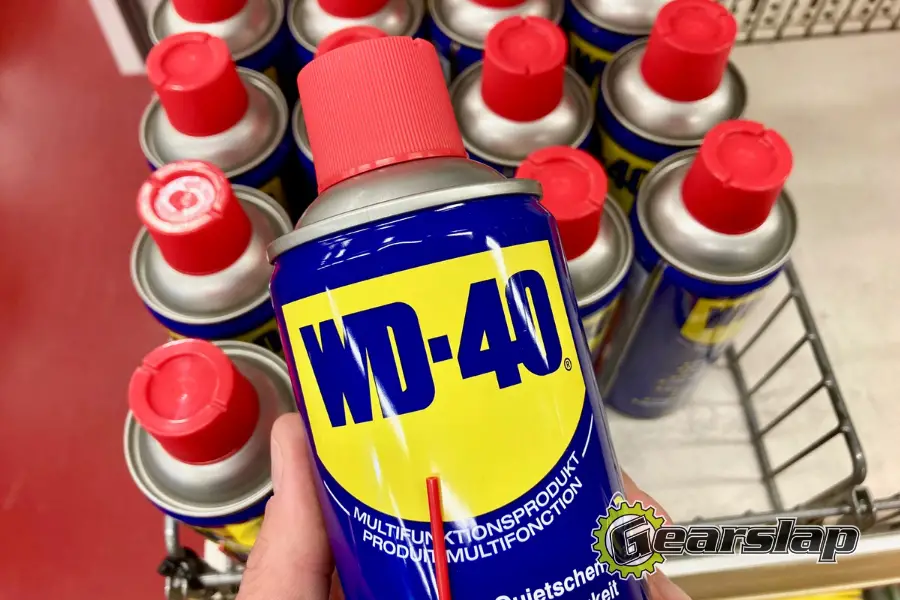
What Is WD40 Used For?
WD40 is a water-displacing product that acts as a lubricant, moisture displacement, penetrant, and rust preventative. Many items will start to squeak if they require lubrication, which makes it ideal for many situations.
Some of the best ways to use WD40 include:
- Protects metal from corrosion and rust
- Displaces moisture
- Penetrates to release stuck parts
- Lubrication
- Removes grease and grime from surfaces
- Softens lime and rust deposits
- Removes water and soap scum
- Removes crayon marks
There are dozens of ways that WD40 can make your life easier, but can you lubricate a suspension with WD40? First, it is essential that you know when not to use this product.
When You Should NOT Use WD40 on a Car
Because WD40 is a water-displacement product, it will dry out the problem area and create a more significant issue. This product may temporarily stop the squeaking because it adds instant lubrication, but WD40 will displace moisture as it evaporates, creating a more substantial problem.
WD40 should not be the product you reach for when you have issues with:
- A belt in your vehicle
- The suspension
- Squealing brakes
- Polycarbonate or polystyrene materials
- Rubber seals
- Sway bar bushings
- Ball joint boots
- Creaking doors
- Noisy windows
- Bike chains
- Locks
- Stuck buttons on iPads, iPods, or iPhones
Even if you find no squeaking after using WD40 in these areas, you are sure to have the problem return, and sometimes worse than ever. WD40 on a squeaky belt will cause the belt to swell and disintegrate afterward. This process is the result of the moisture displacement on the rubber belts.
One exception is by using WD40 as a diagnostic tool for these areas. For example, if you suspect an issue with a suspension component squeaking, you can use WD40 on the supposed site to see if the noise goes away. If it does, you know which part to replace. If the noise remains, you can be sure the problem lies elsewhere.
What Can You Use on a Car to Stop Squeaks?
Preventative maintenance and ongoing care for your vehicle will help keep it in the best shape to last a long time. So if you cannot use WD40 products, what can you use then? Many suitable items in the market will help stop your vehicle from squeaking.
Whether you are doing the work yourself or taking your vehicle to a licensed mechanic, your car requires the right products to help handle any squeaks or noise issues. Some other products that are extremely helpful include:
- Silicone lubricant
- Lithium grease
- Rubber lube
Silicone Lubricant
If you have a squeaky suspension, you should be looking for a water-resistant silicone lubricant. Luckily, the WD40 company makes additional products to suit alternative uses, including a squeak in vehicle suspensions. Although they are from the same company and carry the WD40 name, it is a specialist product for specific use.
Silicone lubricants are safe to use on rubber and plastic components in low-stress environments without high temperatures.
Of course, silicone lubricants have their own place in the world. They make things very slippery to help ease friction. However, these products are not ideal choices for painted surfaces or electrical components, areas where you sit, stand or lay down, and items that you grasp, such as handles, guns, fishing rods, or other items.
Lithium Grease
As a car owner dealing with wheel bearing and chassis noises, lithium grease is the one you should be reaching for on the shelf. It is also a petroleum-based product, but unlike WD40, it adheres to surfaces to continuously provide lubrication rather than evaporating.
Lithium grease is resistant to high temperatures and water and does not corrode metal, making it ideal for heavy load applications within your vehicle.
The petroleum component of this product is not a good choice around plastic or rubber components, as it will deteriorate these items. White lithium grease will also attract dirt, which may create problems for you, depending on where you use it on your vehicle.
Rubber Lube
If you have any rubber items that are noisy while operating your car, a little application of rubber lube can do the trick. This product is the perfect solution for brake system components, washers, and seals, as well as gaiters and boots.
Rubber lube products can contain silicone or clay-based materials ideal for natural and synthetic rubber items within your vehicle.
Of course, rubber lube is not the best solution for all squeaky areas, though. Be sure to read the manufacturer’s recommendations before using any products. In addition, some items may not be safe to use for plunger housings, back braking plates, or other areas that do not contain rubber.
Where Can You Use WD40 on a Car?
Since WD40 is an excellent penetrant and rust eliminator, it is the perfect product to use on rusted bolts or seized nuts, and you need to remove it. Give the stuck bolt a spray with WD40, let it sit for a few minutes, and try loosening it. You should see a difference quickly and remove those stuck pieces without hassle.
Even though WD40 has a wide variety of uses both in your car and the home, it is critical that you know which applications are best for this product. This way, you will not damage your vehicle if you misuse it. Be sure to use personal protective equipment and follow any manufacturer’s guidelines for using these products.

